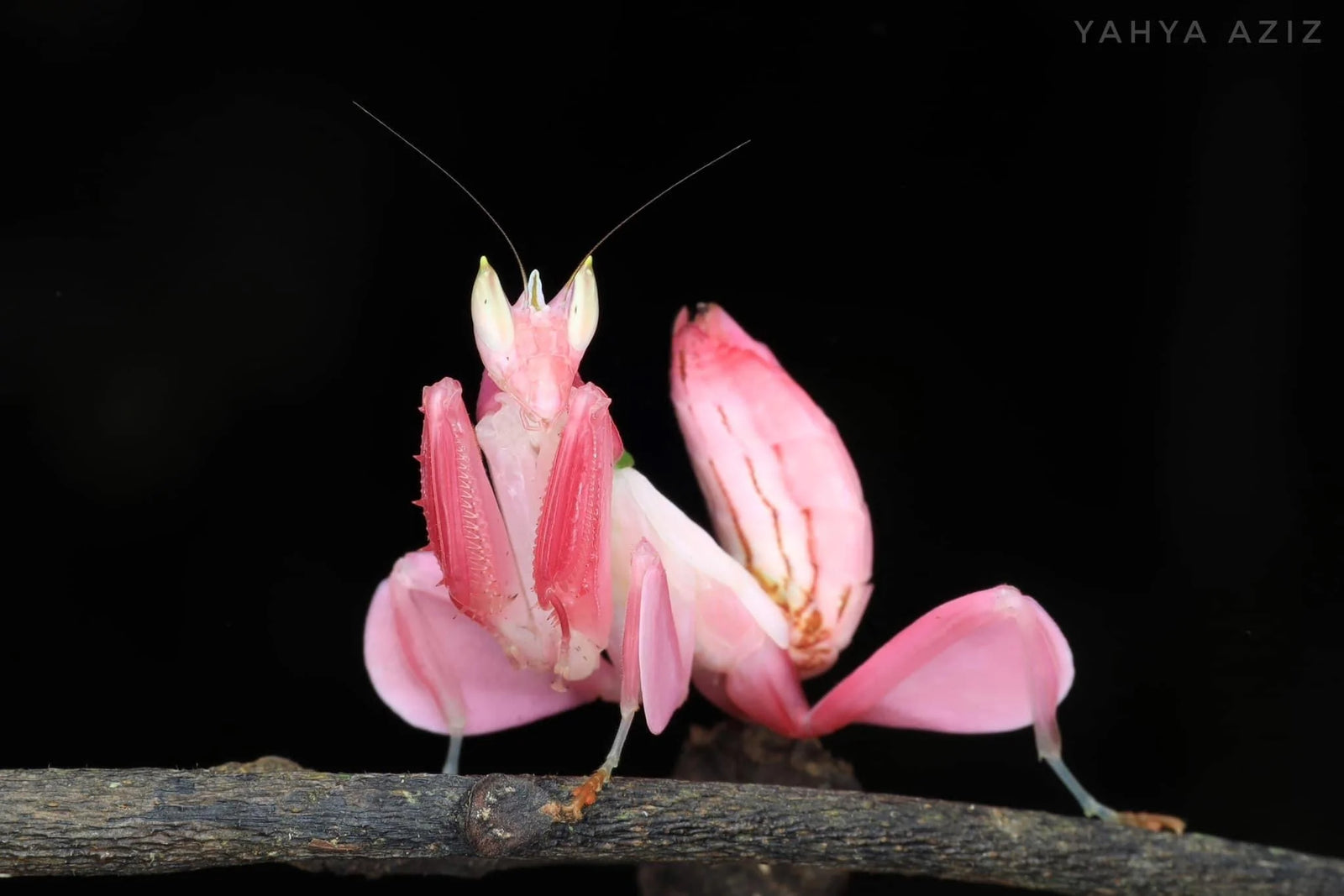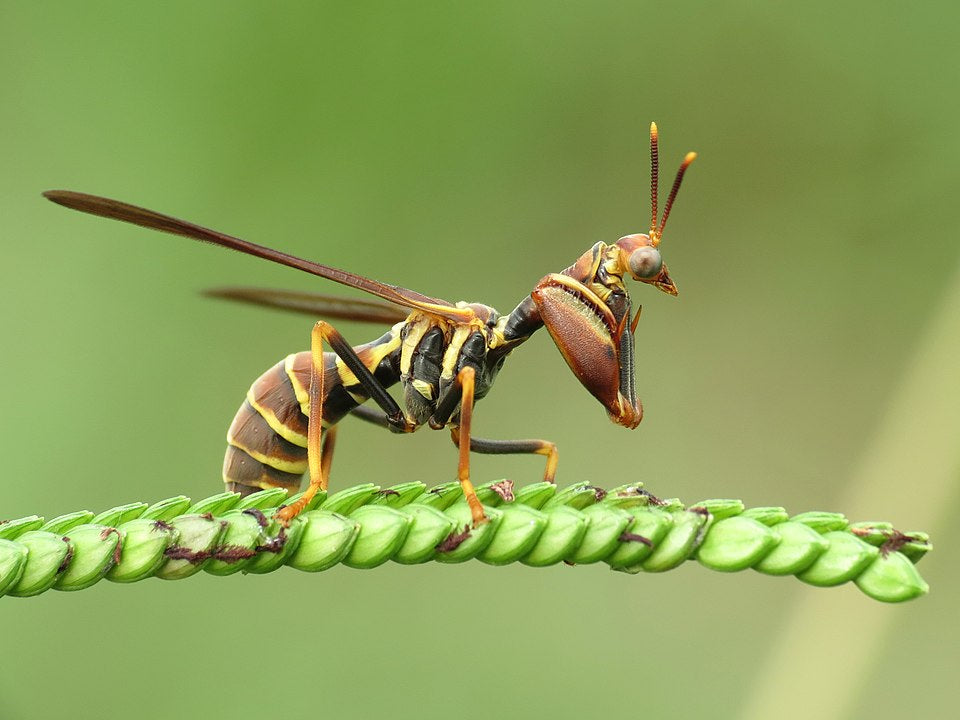Menu
-
- Home
- Contact
- Search
-
Shop
- Live Feeder Insects
-
Supplies
- Habitats
- Feeders
- Feeders and Microfauna Breeding Supplies
- Bioactive Kits
- Bioactive Supplies
- Containers
- Insect Culture Cups
- Insect Culturing Cups and Lids
- Classroom Projects
- Live Air Plants bioactive
- Substrates
- Lighting and Heating
- Cages, Habitats, Bug Boxes, Vivariums, Insectariums
- Bark
- Shipping supplies, Heat packs, cold packs, containers
- Bio-Active
- Plants
- Mantis Gallery
- Usmantis Reviews
- Praying Mantis
- Mantis
- Praying Mantis eggs ootheca for pest control
- BioActive Supplies
- Beneficial Insects
- Help Videos
- Top 5 Praying mantis as pets,
- Blog
-
Shop By Family
- Praying Mantis
- Care Sheets
- Track Order
- Live Feeder Insects
- Wholesale prices for bulk orders
- FAQ
- Galleries of Mantis Videos
-
- Home
- Search
- About us
- Shipping
- Refund Policy
- Track Orders
- Contact us
- Blog
- Beneficial Insects
- Sitemap
- Reviews
-
Film production resources
- Wholesale
- FAQ
- Login
-
English

Praying mantis eat Lantern flies, Stink Bugs and garden pests
November 24, 2023 3 min read
When it comes to natural pest control, few creatures are as effective as the praying mantis. These fascinating insects are not only a marvel to observe but also play a crucial role in maintaining the balance of ecosystems. In this blog post, we will explore how praying mantises serve as nature's pest control experts, specifically targeting lantern flies, stink bugs, and other garden pests.
What makes the praying mantis a natural pest control solution?
The praying mantis is a formidable predator that feeds on a wide range of garden pests. With their sharp forelegs and lightning-fast reflexes, they are well-equipped to catch and devour insects that can cause significant damage to plants and crops.
Which pests do praying mantises target?
Praying mantises have a diverse diet and are known to prey on various garden pests. Some of the common pests that mantises feed on include:
- Lantern flies
- Stink bugs
- Aphids
- Caterpillars
- Mosquitoes
- Grasshoppers
- Murder Hornets
By targeting these pests, praying mantises help to control their populations naturally, reducing the need for harmful chemical pesticides.
How do praying mantises hunt?
Praying mantises are ambush predators. They patiently wait for their prey to come within striking distance before launching a lightning-fast attack. Their excellent camouflage and ability to remain perfectly still for extended periods make them highly effective hunters.
Once a mantis spots its prey, it strikes with lightning speed, using its sharp forelegs to capture and hold the victim securely. It then devours the prey alive, ensuring a fresh and nutritious meal.
How can gardeners attract praying mantises to their gardens?
If you want to harness the power of praying mantises for natural pest control in your garden, there are a few things you can do to attract them:
- Plant native flowers and shrubs that provide nectar and pollen, as these will attract insects that mantises feed on.
- Provide a water source, such as a shallow dish with fresh water, to attract mantises.
- Avoid using chemical pesticides, as these can harm mantises and other beneficial insects.
- Consider purchasing praying mantis egg cases from reputable suppliers and releasing them in your garden. USMANTIS.com a New York Company stocks them year round.
By creating a welcoming environment for praying mantises, you can encourage them to take up residence in your garden and help keep pest populations in check.
Learn about the different species of praying mantis that can be found in North Americas
While praying mantises are excellent natural pest control agents, their populations are facing threats due to habitat loss and the use of pesticides. It is crucial to protect these beneficial insects and ensure their survival.
By embracing sustainable gardening practices, avoiding harmful chemicals, and creating habitats that support mantis populations, we can all contribute to the preservation of these incredible creatures and the natural balance of our ecosystems.
So, the next time you spot a praying mantis in your garden, take a moment to appreciate its role as nature's pest control expert. These fascinating insects are not only a joy to observe but also valuable allies in maintaining a healthy and thriving garden.
You can find or buy mantis Eggs called "Ooths" and place them ig your garden or greenhouse to protect your plants.
The most popular mantids native to the United States are
- Tenodera sinesis "Chinese Mantis"
- Stagmomantis carolina "Carolina Mantis"
- European mantis Mantis religioso
Leave a comment
Comments will be approved before showing up.
Also in Praying Mantis News! Join the conversation.

orchid mantis evolutionary research
June 06, 2025 2 min read
The orchid mantis (Hymenopus coronatus) transitions from black-and-red to pink-white coloration during development, a shift driven by the Redboy pigment transporter. This transition serves different ecological functions: red coloration helps hatchlings mimic stink bugs for predator avoidance, while the pink-white coloration of older nymphs provides floral camouflage for both predator avoidance and prey attraction. The Redboy transporter, upregulated by ecdysone, facilitates this shift by exporting red pigments in early stages and importing white pigments in later stages.
Evolutionary Basis:
Redboy's Role:
The Redboy transporter, a novel ABCG transporter, arose by gene family expansion and positive selection, specifically to handle the transition from red to white coloration, according to research on Nature.
Hormonal Regulation:
The hormone ecdysone regulates Redboy, ensuring the pigment transition happens at the appropriate developmental stage, according to research on ResearchGate.
Genetic Adaptation:
The evolutionary changes in Redboy have allowed orchid mantises to adapt their body color to different life stages and ecological niches.
Ecological Functions:
Aposematic Mimicry (Hatchlings):
The initial black-and-red coloration serves as a warning signal, mimicking the appearance of stink bugs, which are known to be distasteful or toxic to predators.
Camouflage (Older Nymphs):
The pink-white coloration provides floral camouflage, helping the mantis blend in with flowers and avoid detection by predators.
Prey Attraction:
The flower-like appearance also attracts unsuspecting prey, such as small insects, to their location, enhancing the mantis's hunting success.
In summary, the orchid mantis's body color transition is a fascinating example of ontogenetic camouflage and adaptive evolution, where the color changes throughout the mantis's life serve distinct ecological roles in where the color changes throughout the mantis's life serve distinct ecological roles in predator avoidance and prey attraction.
Read More

Mantis fly Mantispidae, very special insect
October 15, 2024 3 min read
Mantispidae, they don’t sting! 

Recent Articles
-
orchid mantis evolutionary research
June 06, 2025
-
New Yorker article 1955 Mantis Man
March 09, 2025
-
Mantis fly Mantispidae, very special insect
October 15, 2024
-
Do insects have feelings? Love or Hate? What’s your opinion
September 09, 2024
-
How Praying Mantises Hear: One ear
July 19, 2024
-
Identifying Domestic species
July 19, 2024
-
Invasive claims and irresponsible advice
April 13, 2024
-
Is it time for insect researchers to consider their subjects’ welfare?
April 08, 2024
-
My Awesome Summer by P. Mantis Children’s book
April 07, 2024
-
Toxodera
April 06, 2024
Categories
- animal husbandry
- best feeders
- best mantis for pest control
- breeding praying mantis
- buy praying mantis
- Cannabis
- crickets
- discussion
- dormitory pet
- Drosophila
- education
- egg
- entomology
- fertility
- flightless fruit flies
- Flower mantis
- Friendly Bugs For Cannabis
- fruit fly culture
- geometric morphometrics
- Ghost mantis
- happy experience with pets
- Hydei
- Hymenopodidae
- Hymenopus coronatus
- invasive
- keeping insects alive
- Lucky mantis
- Major League baseball Perez Kisses Lucky Mantis!
- make money
- mantis for dummies
- mantis ooth
- Mantodea
- melanogaster
- mimicry
- mismolt
- new species
- ooth
- ooth care
- ootheca
- P paradoxa
- pest
- Pest control
- pet nutrition
- praying mantis
- praying mantis care
- praying mantis for sale
- reptile feeders
- School project
- scientific research
- Sexing praying mantis
- Shipping
- signalling
- stem
- stenophylla
- Store news
- stress from shipping
- usmantis
- we buy mantis
Menu Title
This section doesn’t currently include any content. Add content to this section using the sidebar.
Subscribe
Sign up to get the latest on sales, new releases and more …
Invalid Password
Enter